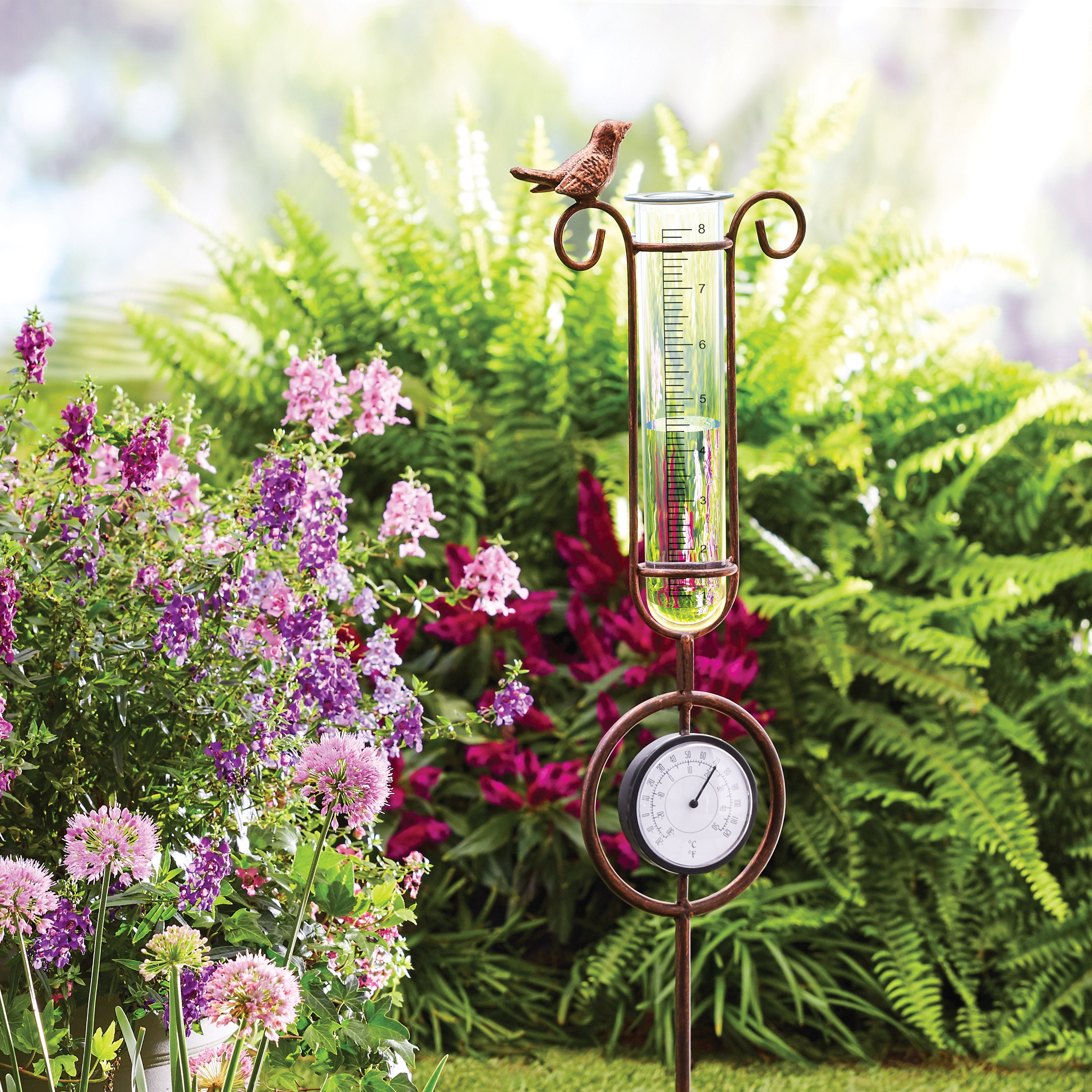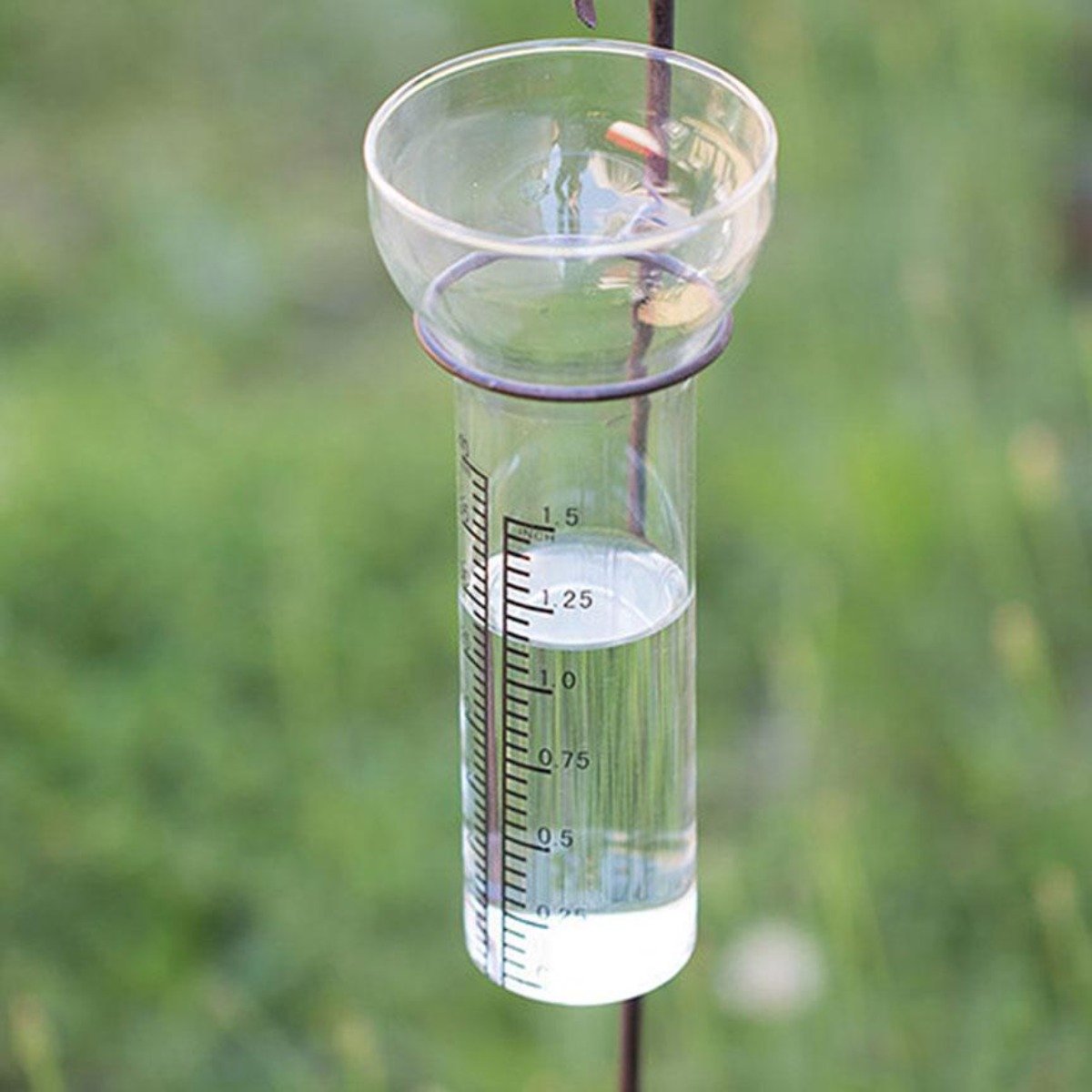The Rain Gauge: An Essential Tool for Monitoring Precipitation Levels
The Rain Gauge: An Essential Tool for Monitoring Precipitation Levels
Blog Article
DIY Rainfall Gauge: Straightforward Steps to Make Your Own
Creating your own DIY rain gauge is a reliable and simple way to tape and gauge rainfall. With simply a few typical materials and some fundamental actions, you can conveniently create your very own rainfall scale at home. Allow's obtain begun on making your Do it yourself rainfall scale today!
Gather Products
To start creating your do it yourself rainfall scale, collect all the needed products utilizing a comprehensive list of items. Having the best materials available will certainly ensure the effective production of your rainfall scale and permit for precise measurements of rainfall. You will require a clear plastic container or cylinder, such as a plastic container or container. Make certain the container is transparent to ensure that you can easily see the water degree inside. Next off, you will require a leader or determining tape to mark the increments on the container. This will certainly allow you to determine the amount of rains precisely. Additionally, you will require a long-term marker or water-proof tape to note the dimensions on the container. This will ensure that the markings continue to be noticeable even when revealed to rain. Finally, you will certainly need a tough base or risk to securely hold your rainfall gauge in position. This can be a wooden or steel risk that can be placed right into the ground or a strong level surface to provide security. Gathering these products beforehand will improve the construction procedure and ensure that you have whatever you need to create your own do it yourself rain scale.
Prepare the Container

Mark the Measurement Increments
To precisely determine the amount of rains, precisely noting the dimension increments on your DIY rainfall gauge is necessary. Without precise and clear markings, it would certainly be hard to determine the exact amount of rainfall accumulated in your rainfall gauge. Below are the steps to note the measurement increments on your rainfall scale.
The most typical devices for measuring rainfall are millimeters and inches. Once you have view it now picked the unit, utilize an irreversible pen or waterproof paint to mark the increments on the side of your rain scale.
When noting the increments, it is essential to make sure that they are equally spaced and clearly visible. Utilize a leader or gauging tape to ensure accuracy and uniformity. In addition, ensure that the markings are immune to fading or abrading, as exposure to the aspects might create them to wear away over time.
Location the Rain Scale Outdoors
The rainfall scale official source should be placed outdoors to precisely gather rains information. The area picked for the rainfall scale need to be open and free from any type of blockages that might possibly affect the dimension of rains. It is important to discover a spot that is not obstructed by trees, buildings, or other structures that can obstruct the rainfall from getting to the scale. This will certainly make sure that the accumulated information is agent of the actual rainfall in the area.
In addition, it is critical to place the rain scale on a secure surface, such as a level ground or a sturdy blog post. This will certainly avoid any activity or tilting of the gauge, which might result in incorrect measurements. It is additionally a good idea to avoid positioning the gauge near any resources of fabricated water, such as lawn sprinklers or drainage systems, as this can hinder the accuracy of the dimensions.
Monitor and Document Rainfall Information
Routine monitoring and recording of rains data is necessary for precise information analysis anchor and analysis. By keeping an eye on rains measurements, you can obtain useful understandings into climate patterns, climate fads, and water source administration. To effectively keep an eye on and record rains information, it is crucial to develop a routine and keep consistent methods.
To start with, guarantee that your rain scale is positioned in an open area far from obstacles such as trees or buildings that might obstruct rainfall. In addition, see to it the rain scale is degree and safely anchored to avoid any kind of movement that might influence the precision of the measurements.

When recording the rainfall data, it is necessary to note the date and time of each dimension. Utilize a leader or a determining adhere to establish the rains deepness in the rainfall gauge, and record this information accurately.
To ensure the precision of the dimensions, it is advised to empty the rain gauge after each recording. This will certainly stop any type of overflow or evaporation from affecting subsequent dimensions.
Conclusion
To conclude, producing a DIY rainfall gauge is a practical and simple method to monitor and tape-record rainfall data (The Rain Gauge). By following the actions described in this write-up, you can quickly gather products, prepare the container, mark the dimension increments, and position the rainfall scale outdoors. Consistently checking and tape-recording rainfall data can supply important details for various objectives
Having the right products on hand will certainly ensure the effective creation of your rain scale and allow for precise dimensions of rainfall.To precisely determine the amount of rains, accurately marking the dimension increments on your Do it yourself rainfall gauge is crucial.The rain gauge need to be placed outdoors to precisely accumulate rainfall data. The place picked for the rain gauge must be totally free and open from any blockages that can potentially impact the dimension of rains.In verdict, creating a DIY rain gauge is a practical and easy method to check and tape-record rains data.
Report this page